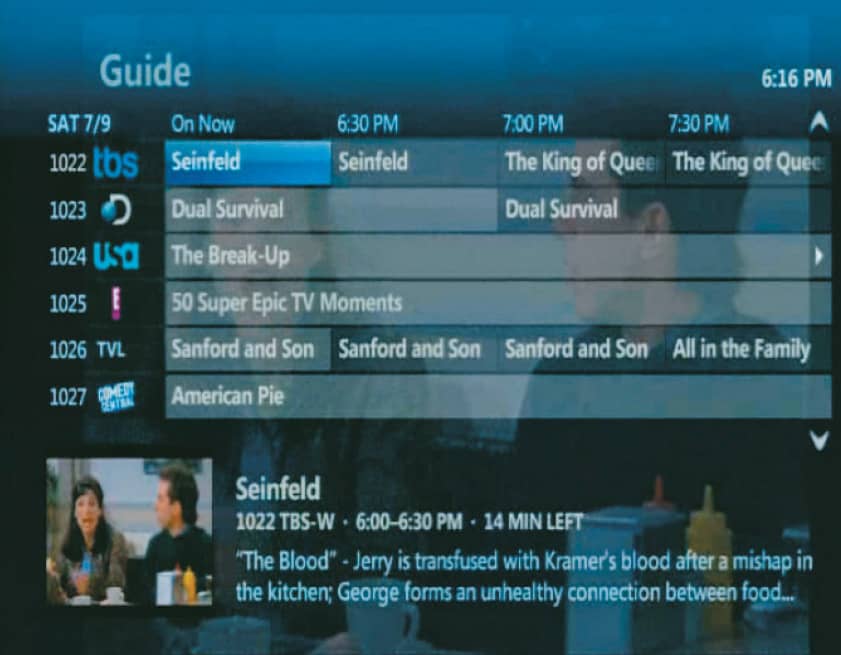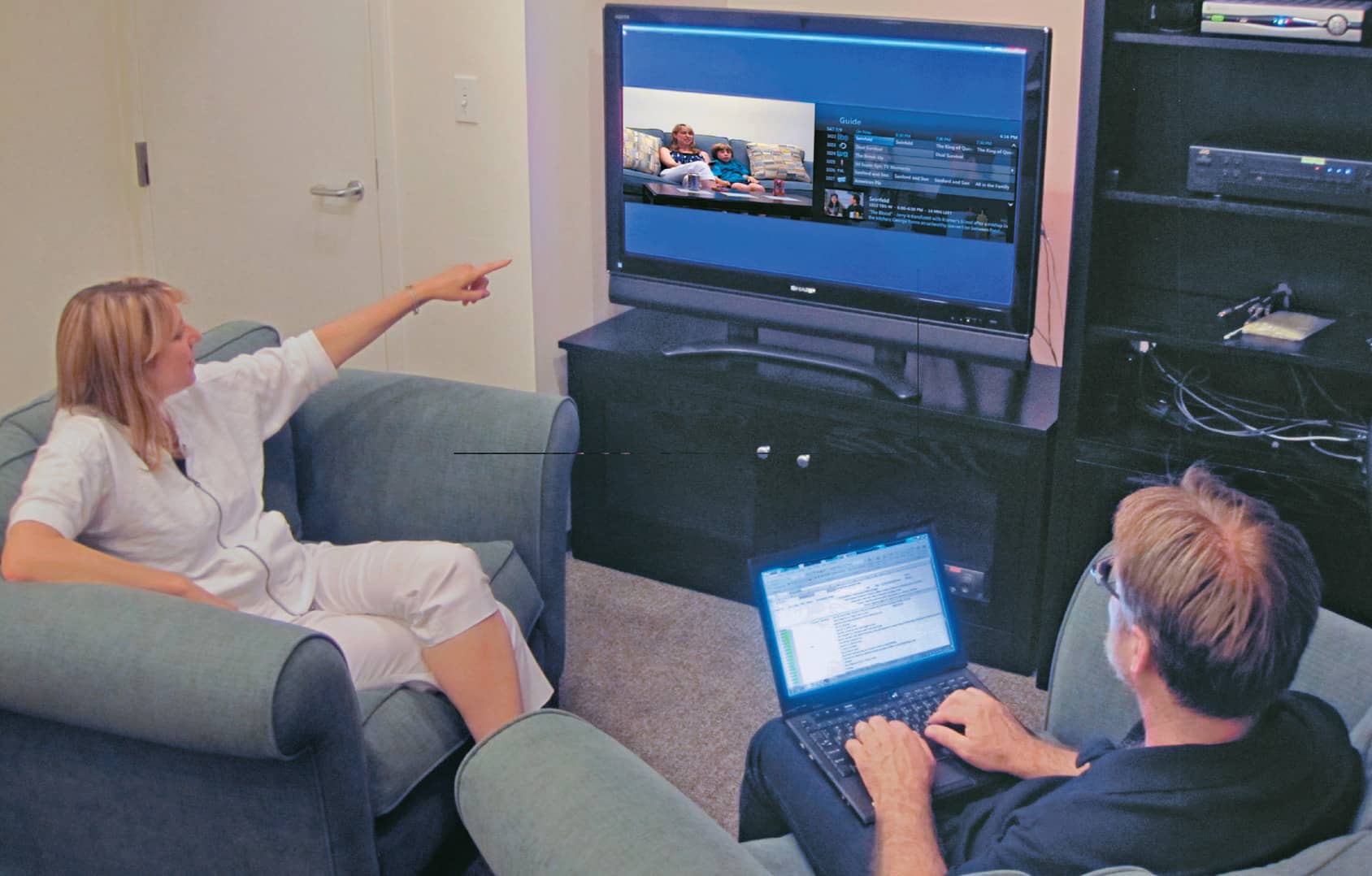RESEARCH METHOD
91 Triangulation

Triangulation is the convergence of multiple methods on the same research question, to corroborate evidence from several different angles.1
The primary reason for triangulation is to ensure accuracy of information, by combining sources and mitigating the weaknesses of any single method or source. When collected using various means, data can be compared to confirm whether the same results are being obtained, regardless of method. This will either increase confidence in the results, or suggest a challenge to the design inquiry. The approach can also be used merely to collect more robust information than might be obtained using a single method. Depending on the variety of methods used, triangulation can result in a rich depth of information contributing to the inquiry from multiple data sets and formats.2
The most common occurrence of triangulation is to combine observational methods with self-report methods such as questionnaires or interviews. For example, self-reported behaviors could be compared to observations of actual behaviors. Often observations serve to verify self-reports. However, in cases where participants falsely portray their behaviors to align with policies, social norms, or research expectations, observations may reveal contrary evidence. Similarly, following the maxim “actions speak louder than words,” self-reported attitudes or opinions may also be contradicted by behaviors. Other forms of triangulation may involve physiological recordings such as heart rate, pupil dilation, or Galvanic Skin Response (GSR) measures in combination with traditional interviews, questionnaires, and observations, comparing physical evidence with self-reports or visible behaviors.
Triangulation can be effective when comparing larger sets of data collection with more focused research using a select number of participants. For instance, it is common to pair a large survey with in-depth interviews, observations, or participatory design activities held with a small subset of the survey population, or similar constituents. Results of in-depth companion studies can provide supporting or contradictory evidence to support or challenge findings, or merely enrich the abstraction of survey results with more humane, anecdotal information collected through personal research interactions. The combination may also result in a healthy mix of quantitative and qualitative data, mutually informative to the same inquiry.
The triangulation of methods can be separated by time, or converged simultaneously. For example, in usability testing, concurrent recordings are typically made of keystroke/mouse or other input operations, facial expressions, and verbalized actions expressed through a think-aloud protocol.
1. “Once a proposition has been confirmed by two or more independent measurement processes, the uncertainty of its interpretation is greatly reduced. The most persuasive evidence comes through a triangulation of measurement processes.” From:
Webb, E. J., D. T. Campbell, R. D. Schwartz, and L. Sechrest. Unobtrusive Measures: Nonreactive Research in the Social Sciences. Chicago, IL: Rand McNally, 1966. Revised ed., Thousand Oaks, CA: Sage Publications, 2000: 3.
2. Although methodological triangulation is most common, Denzin (2006) describes four different forms:
• Data triangulation, data gathered across a variety of times, situations, people.
• Investigator triangulation, multiple researchers to gather and interpret data.
• Theoretical triangulation, multiple theoretical positions in interpreting data.
• Methodological triangulation, multiple methods for gathering data.
From Sociological Methods: A Sourcebook, Edited by N. Denzin. New Brunswick, NJ: Aldine Transaction, 2006.
3. Darnell, Michael J. “How Do People Really Interact With TV? Naturalistic Observations of Digital TV and Digital Video Recorder Users.” ACM Computers in Entertainment 5, no. 2. (August 2007).

1 OBSERVATION DATA: VIDEO CAPTURE

2 BEHAVIORAL DATA: RECORDED TV INTERACTIONS

3 SELF-REPORT DATA: INTERVIEWS
In a study of television watching conducted by Microsoft, cameras were set up in family living rooms to capture human behaviors, while a video feed recorded actual TV interactions such as channel surfing and ad skipping. These “naturalistic observations” were then used as memory triggers and evidence for review and analysis with participants during interviews, converging the methods to correlate behaviors, with TV content (ads, shows, promos) and events in the environment (conversations, phone calls).3
Courtesy of Mike Darnell, Microsoft Corporation.
